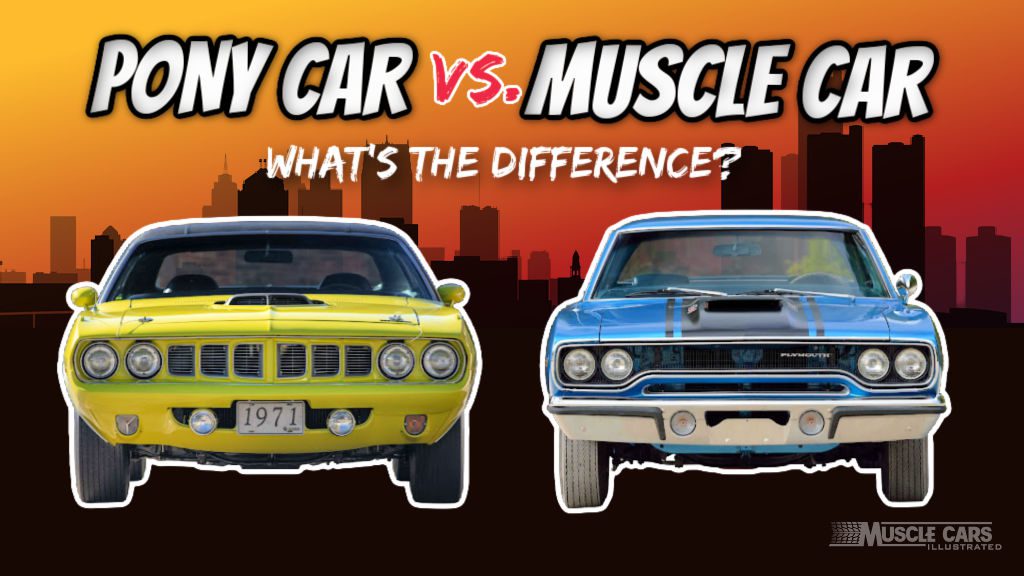
The difference between a Pony car vs Muscle car has been debated for decades.
However, you’re in the right place if you want to know the definitive difference between a pony car and a muscle car.
While often confused, they aren’t the same thing. Pony cars are built on smaller, more compact platforms, while Muscle cars are built on intermediate platforms.
However, that’s not the only difference.
For all those that appreciate technical differences, keep reading to learn about the history, features, and legendary models of American muscle cars and pony cars.
After reading, you’ll clearly understand the similarities and differences between the two.
So, let’s look closer into the fascinating Pony Car vs Muscle Car debate, shall we?
Table of Contents
Pony Car vs. Muscle Car: A Closer Look
As you’ll soon see, there are more similarities than differences when comparing muscle cars to pony cars. They often shared many of the same characteristics, including engines, transmissions, and axle gears. However, there are a few distinct differences that will be detailed below.
What is a Pony Car?
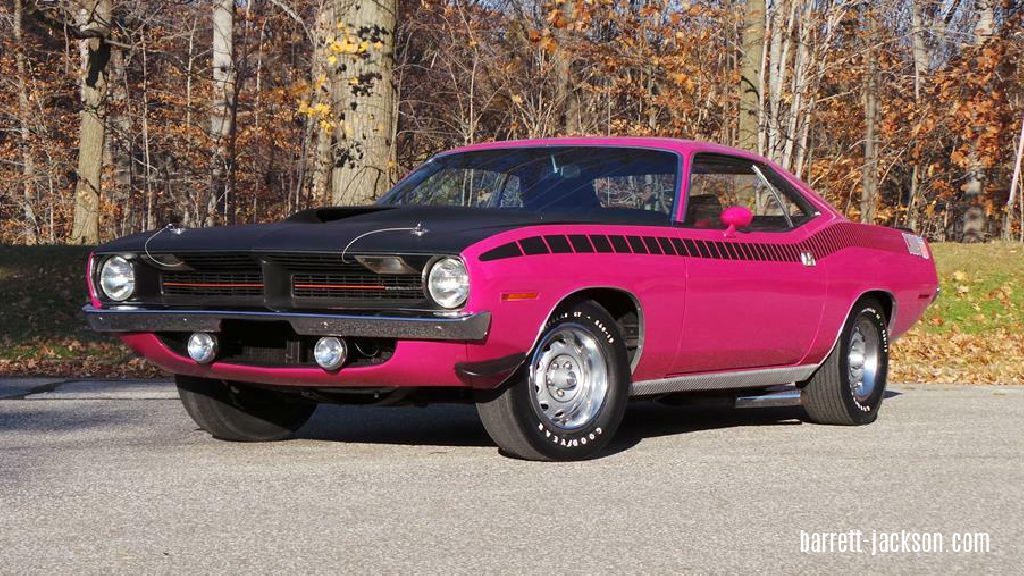
A pony car is defined as a class of American automobiles characterized by their affordable price point, compact size, and highly-stylized design, projecting a sporty and performance-focused image. They were available with small and big block V8 engines, with manual and automatic transmission options.
To help define the characteristics of a pony car, let’s examine 14 key features.
| Characteristic | Present |
|---|---|
| Two Doors | ✅ |
| Intermediate Body Style | ❌ |
| Built for Straight-Line Performance | ✅ |
| Built for Handling | ✅ |
| High-Performance V-8 | ✅ |
| 4v, 6v, or 8v Carburetor | ✅ |
| Dual Exhaust | ✅ |
| Manual or Automatic Transmission | ✅ |
| Rear Wheel drive | ✅ |
| Originated in the USA | ✅ |
| Front and Rear Seats | ✅ |
| Affordable Cost ($3,000-$4,000) | ✅ |
| Muscle Car Option Package or Model | ✅ |
| Aimed at Young Buyers | ✅ |
| Limited Slip / Positraction | ✅ |
Referencing the chart above, the main difference from a muscle car is that a pony car is built for better handling.
However, it’s important to note that when the small block was transplanted for a big block, the engine’s extra weight seriously impacted the pony car’s ability to handle, causing serious understeer in turns at speed.
Because this analysis didn’t get us far, we’ll have to dig deeper to uncover the most compelling differences between the two vehicles.
Examples of Pony Cars
The 1969 Chevy Camaro Z/28, 1969 Ford Mustang Mach 1, and 1970 Dodge Challenger T/A were three of the most recognizable pony cars in the late 1960s and early 1970s. Let’s delve into these vehicles and explore what made them unique.
1969 Chevy Camaro Z/28
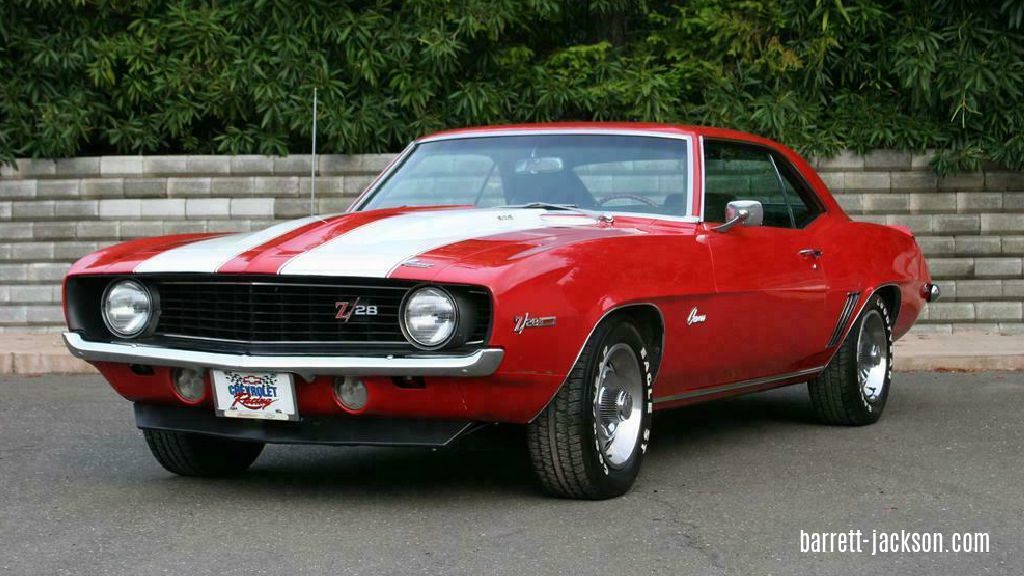
The 1969 Chevy Camaro Z/28 was powered by a 302 cubic inch V8 engine producing 290 horsepower and 290 lb-ft of torque. It had a four-speed manual transmission, power-assisted front disc brakes, and heavy-duty suspension. Production figures for the Z/28 in 1969 were around 20,000.
| Details | 1969 Camaro Z/28 |
|---|---|
| Length | 186.0 inches |
| Wheelbase | 108.0 inches |
| Curb Weight | 3,400 lbs |
1969 Ford Mustang Mach 1

The 1969 Ford Mustang Mach 1 came with various engine options, but the 428 Cobra Jet V8 engine was the top performer. It produced 335 horsepower and 440 lb-ft of torque. It also had a four-speed manual transmission and a limited-slip differential. The production figures for the Mach 1 in 1969 were over 72,000.
| Details | 1970 Mustang Mach 1 |
|---|---|
| Length | 187.4 inches |
| Wheelbase | 109.0 inches |
| Curb Weight | 3,300 – 3,700 lbs |
1970 Dodge Challenger T/A

The 1970 Dodge Challenger T/A was powered by a 340 cubic inch V8 engine producing 290 horsepower and 345 lb-ft of torque. It had a three-speed automatic transmission and a heavy-duty suspension. Production figures for the Challenger T/A in 1970 were around 2,400.
| Details | 1970 Challenger T/A |
|---|---|
| Length | 191.3 inches |
| Wheelbase | 110.0 inches |
| Curb Weight | 3,100 – 3,700 lbs |
Now that we’ve looked at some prime specimens let’s see which one gets the credit for being the first pony car.
The First Pony Car Debate
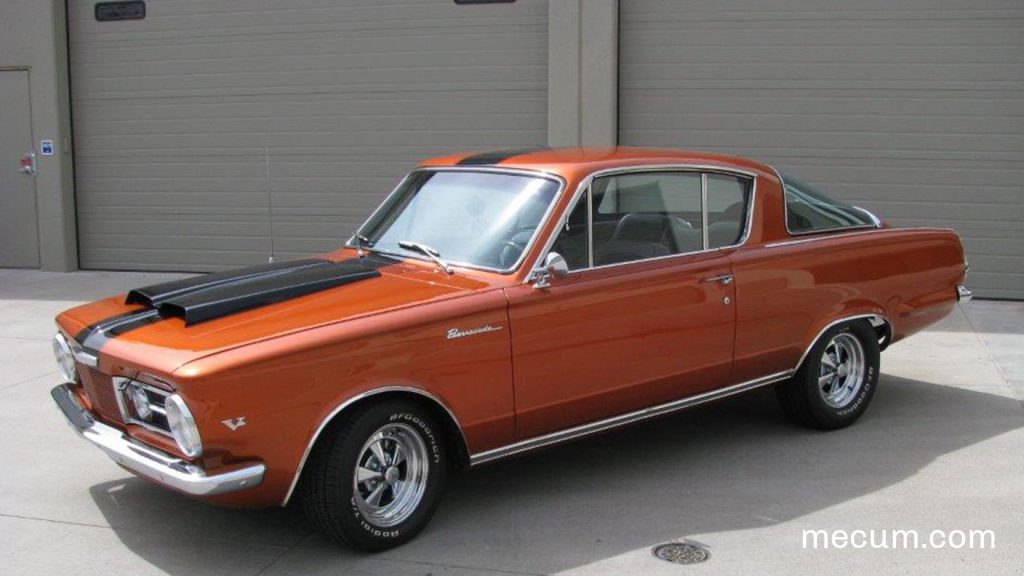
The question of which car was the first pony car has been a passionate debate for decades.
The two main contenders for this title are the 1964 Plymouth Barracuda, which debuted on April 1, 1964, and the Ford Mustang, which debuted on April 17th, 1964.
While the Barracuda technically arrived on the scene first, the Mustang is often credited with establishing the pony car genre due to its widespread popularity and eye-catching design, overshadowing the more subdued Barracuda.
Going by the release date, the first pony car is the 1964 Plymouth Barracuda. However, if you look at the name alone, you’ll quickly see that the Mustang put the pony in pony cars.
First Pony Car Production Comparison
| Year | Ford Mustang | Plymouth Barracuda |
|---|---|---|
| 1964 | 121,538 | 23,443 |
| 1965 | 559,451 | 64,596 |
| TOTAL | 680,989 | 88,039 |
The Ford Mustang captured buyers’ hearts, minds, and wallets in 1964 and 1965, not the Plymouth Barracuda.
What is a Muscle Car?
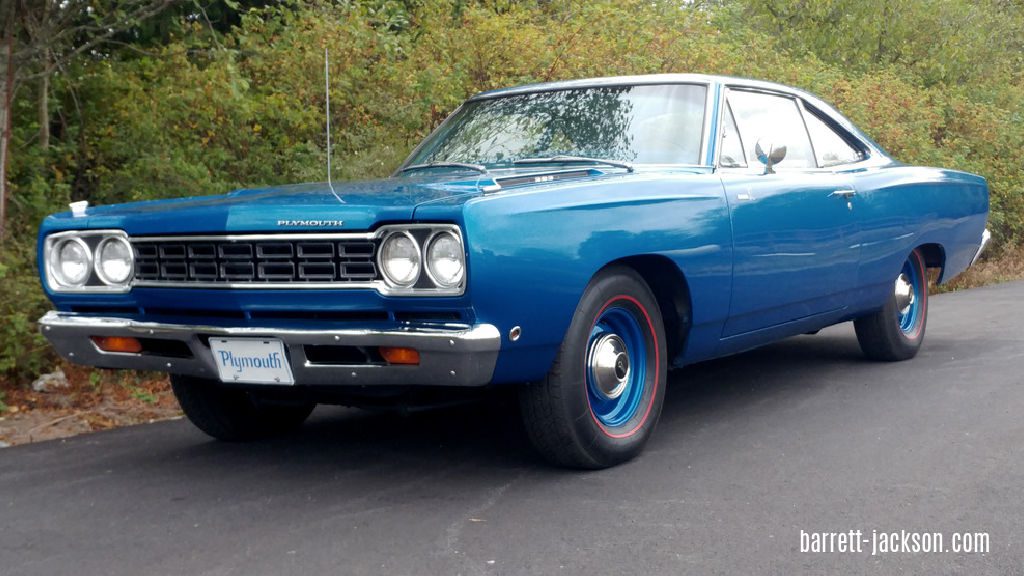
A muscle car is defined as an American vehicle with a high-performance V8 engine, two-door, mid-sized body, and rear-wheel drive. These cars are built to provide speed and power, often featuring aggressive styling and projecting a macho image. They were marketed to young buyers with a price of around $3,000.
Let’s examine a muscle car’s characteristics to understand better the answer to the question, “What is a Muscle Car?“
Key Attributes of a Muscle Car
Here’s a chart that outlines 14 key attributes defining these iconic vehicles. From powerful engines to their affordable price, the chart provides an in-depth look at the essential characteristics of a muscle car.
| Characteristic | Present |
|---|---|
| Two Doors | ✅ |
| Intermediate Body Style | ✅ |
| Built for Straight-Line Performance | ✅ |
| Built for Handling | ❌ |
| High-Performance V-8 | ✅ |
| 4v, 6v, or 8v Carburetor | ✅ |
| Dual Exhaust | ✅ |
| Manual or Automatic Transmission | ✅ |
| Rear Wheel drive | ✅ |
| Originated in the USA | ✅ |
| Front and Rear Seats | ✅ |
| Affordable Cost ($3,000-$4,000) | ✅ |
| Muscle Car Option Package or Model | ✅ |
| Aimed at Young Buyers | ✅ |
| Limited Slip / Positraction | ✅ |
Examples of Muscle Cars
The 1969 Chevy Chevelle SS, 1970 Ford Torino Cobra, and 1970 Dodge Charger R/T were some of the most iconic muscle cars of their time. Let’s take a closer look at each of these high-performance beasts.
1969 Chevy Chevelle SS
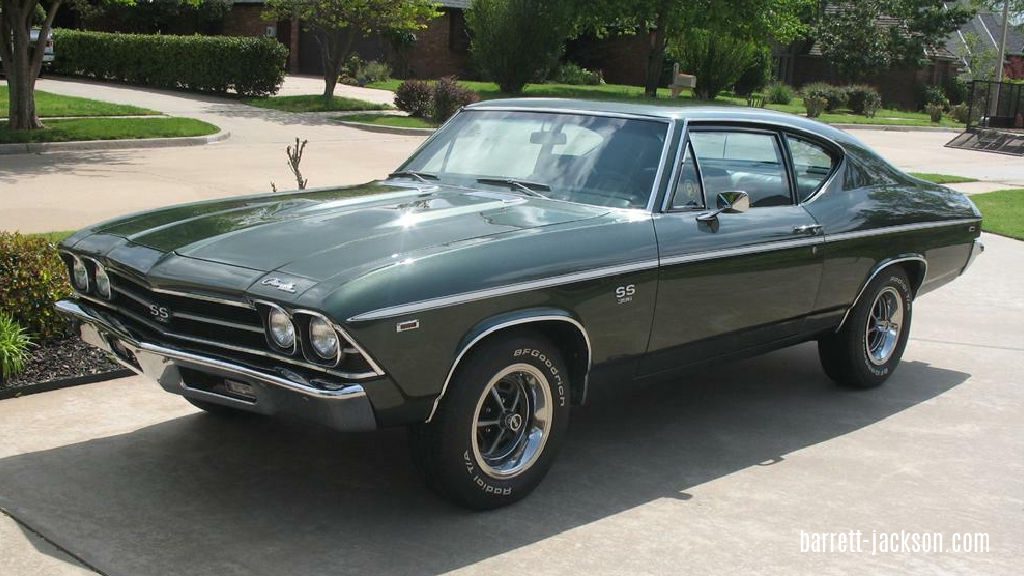
The top engine option for the 1969 Chevy Chevelle SS was the 396 cubic inch V8 engine, which could produce up to 375 horsepower and 415 lb-ft of torque. It was also available with a four-speed manual or three-speed automatic transmission. Total production figures for the 1969 Chevelle SS are around 86,300 units.
| Details | 1969 Chevelle SS |
|---|---|
| Length | 208.1 inches |
| Wheelbase | 112.0 inches |
| Curb Weight | 3,780 lbs |
1970 Ford Torino Cobra
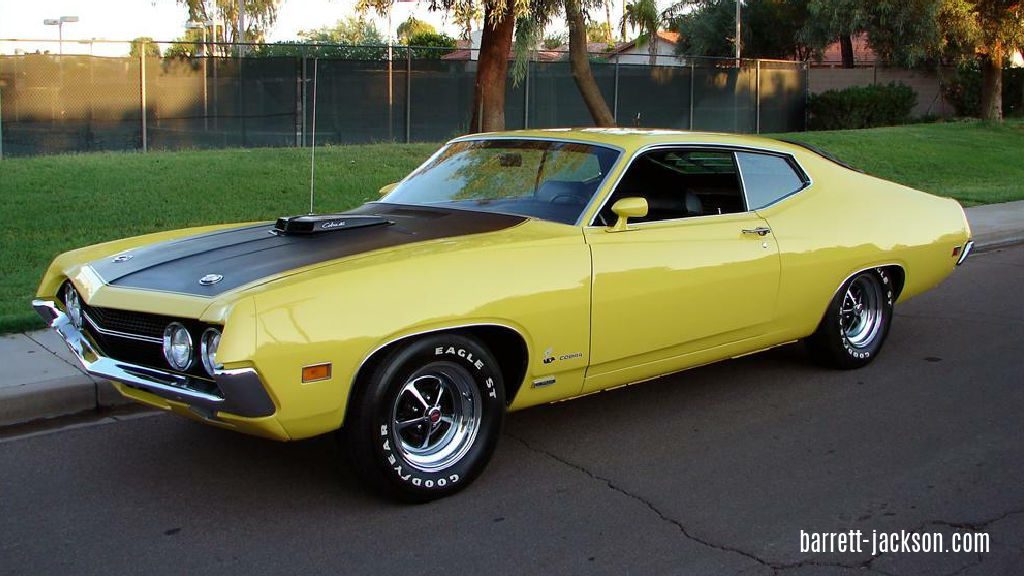
The 1970 Ford Torino Cobra had a 429 cubic inch Super Cobra Jet V8 engine. It produced 375 horsepower and 450 lb-ft of torque. The engine was paired with a four-speed manual or three-speed automatic transmission. The production numbers for the Torino Cobra are around 7,675 units.
| Details | 1970 Torino Cobra |
|---|---|
| Length | 206.2 inches |
| Wheelbase | 117.0 inches |
| Curb Weight | 3,650 – 3,875 lbs |
1970 Dodge Charger R/T
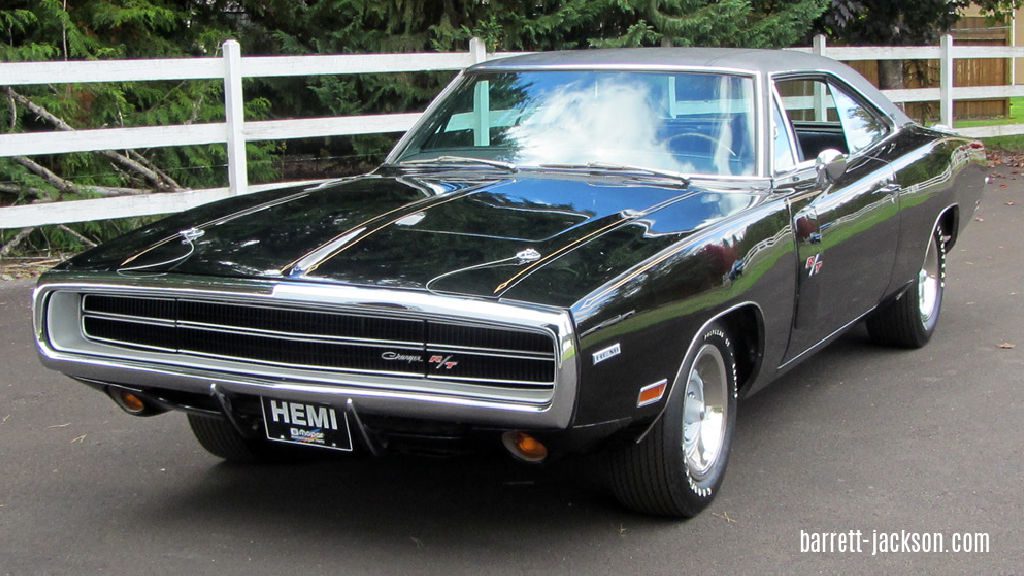
The 1970 Dodge Charger R/T was a true blue muscle car, with the legendary 426 Hemi V8 engine as its top option. With 425 horsepower and 490 lb-ft of torque, it was a beast of an engine that allowed the Charger to reach a quarter-mile in 14 seconds. Production figures for the Charger R/T with the Hemi engine were low, with only 56 produced.
| Details | 1970 Charger R/T |
|---|---|
| Length | 208.0 inches |
| Wheelbase | 117.0 inches |
| Curb Weight | 3,843 – 4,079 lbs |
The First Muscle Car Debate
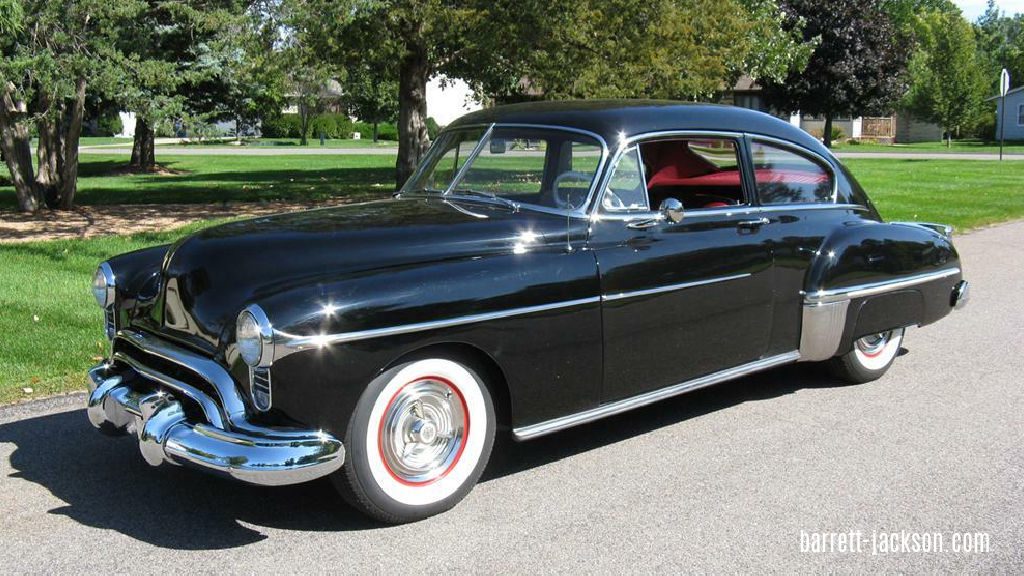
The title of the first muscle car is often debated. While many believe the 1964 Pontiac GTO takes the title, the 1949 Oldsmobile Rocket 88 is the first true muscle car.
Despite the Rocket 88’s historical significance and impressive performance, some argue that the GTO’s release on October 1st, 1963 marked the true beginning of the muscle car era, with its 389 cubic inch V8 engine, Tri-Power carburation, and aggressive appearance capturing the hearts of leadfoots everywhere.
However, others maintain that the Rocket 88’s combination of a lightweight body and high-output 303 cubic inch V8 engine was the defining characteristic of the muscle car genre and that its impact cannot be ignored.
So, while the 1964 Pontiac GTO was the first muscle car of the muscle car era, it wasn’t the first muscle car to have been produced. Those honors go to the 1949 Oldsmobile Rocket 88.
Muscle Car versus Pony Car
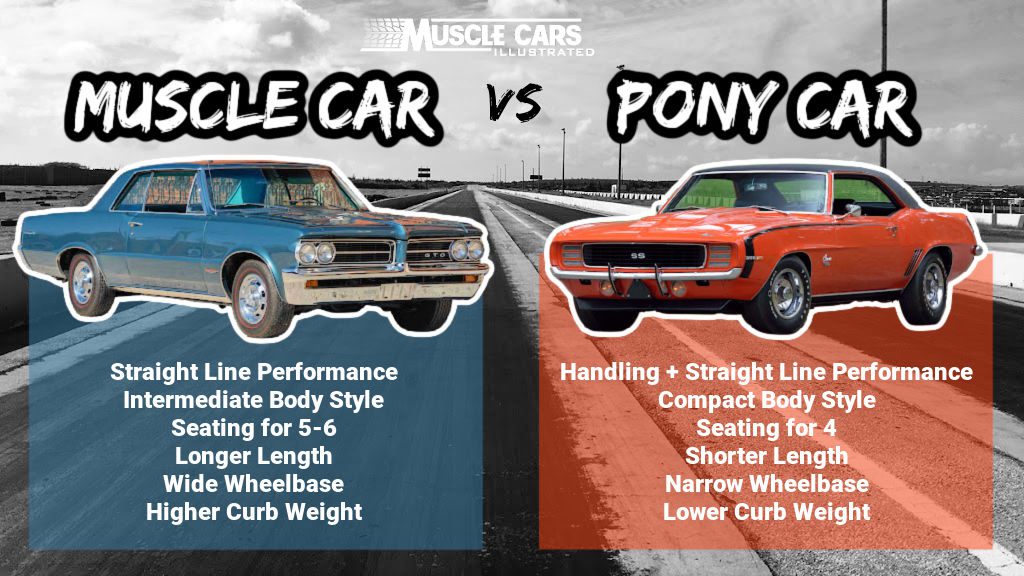
We’ve established that muscle cars are longer, wider, and heavier than pony cars. However, due to their smaller body sizes, they cannot accommodate as many passengers as pony cars and do not project the same image.
| Attribute | Muscle Car | Pony Car |
|---|---|---|
| Length | Long | Short |
| Wheelbase | Wide | Narrow |
| Curb Weight | Heavy | Light |
| Seating | 5-6 | 4 |
| Performance | Straight | Straight and cornering |
| Body | Mid-size | Compact |
| Image | Aggressive | Sporty |
The Final Word
Understanding the difference between pony cars and muscle cars goes beyond just their body sizes.
While there are similarities between these two types of performance-oriented American cars from the golden era, several key differences set them apart, such as overall performance, length, width, curb weight, passenger capacity, and image.
We can clearly see their similarities and differences by delving into the history, features, and legendary models of these two types of American vehicles.
There you have it: the Pony Car vs. Muscle Car debate has been settled.
Take Our Poll!
"*" indicates required fields
Sources: Ford Authority: Ford Mustang Sale Numbers
Ryan
Ryan has owned muscle cars since 1986 and currently owns a 1972 Dodge Charger Rallye. He combines passion and experience to create engaging content for fellow muscle car enthusiasts. In 2018, he founded Muscle Cars Illustrated, authoring hundreds of articles on tips, history, and trends in the muscle car industry. He attends national car shows, auctions, and museums to stay current with the latest developments in the muscle car industry.Comments
Comments are closed.

While the difference between Pony and Muscle Cars in your article is absolutely correct there is a very important point that is overlooked. That is, when Ponies become Muscle Cars which depends on the Car’s variant. When a Big Block, High Displacement, High Horse Power engine replaced a Small Block, a Pony Car definitely crossed the line into Muscle Car territory. For example: a ’69 Camaro is a true Pony Car in base or Z-28 trim however, when an RPO L-78 396 or either of the COPO L-72 or ZL-1 427 BBs were installed, the Camaro, by definition, became a Muscle Car. The Camaro no longer was a highly nimble road car but specifically became a straight line performance machine best suited for stoplight-to-stoplight racing or competition on the drag strip. The same holds true for any Brand or Model.